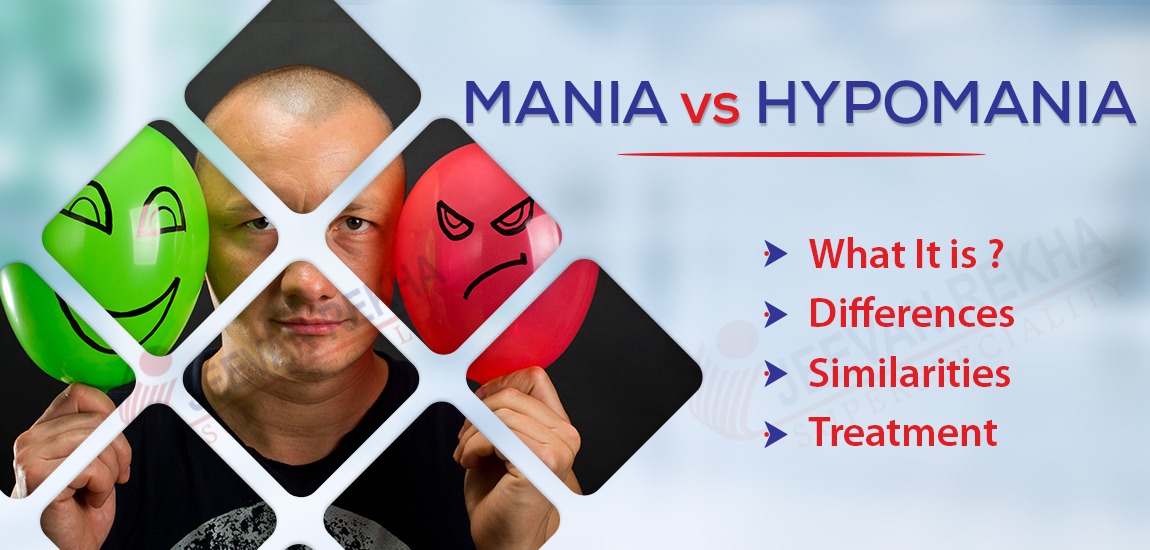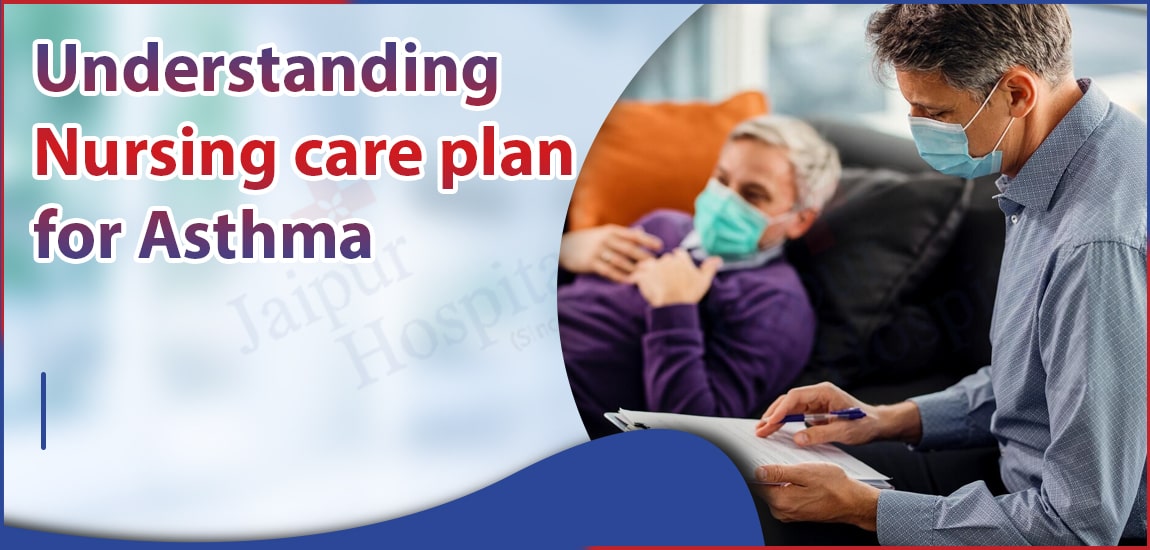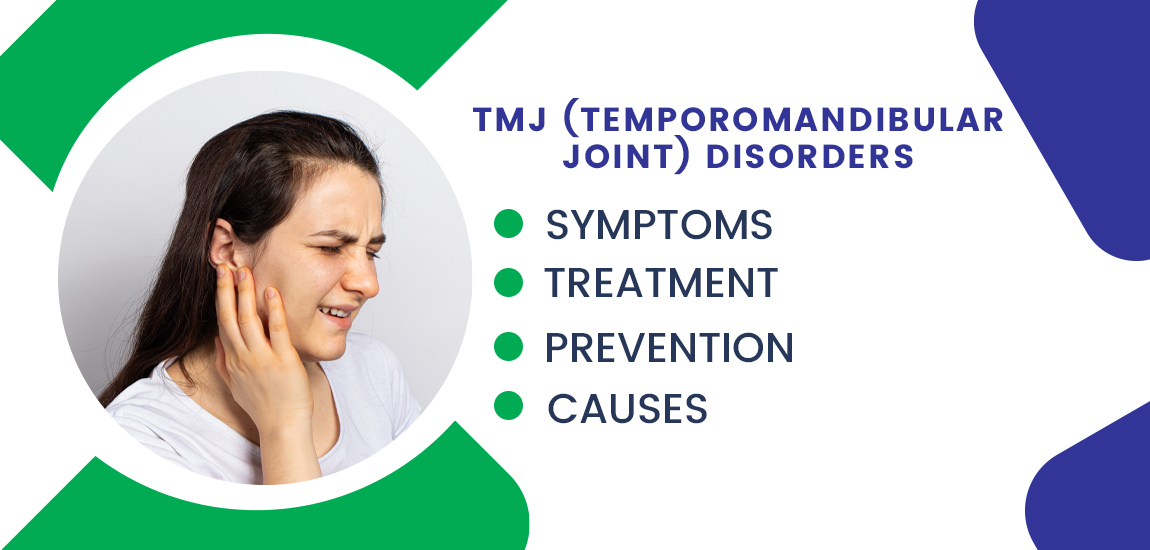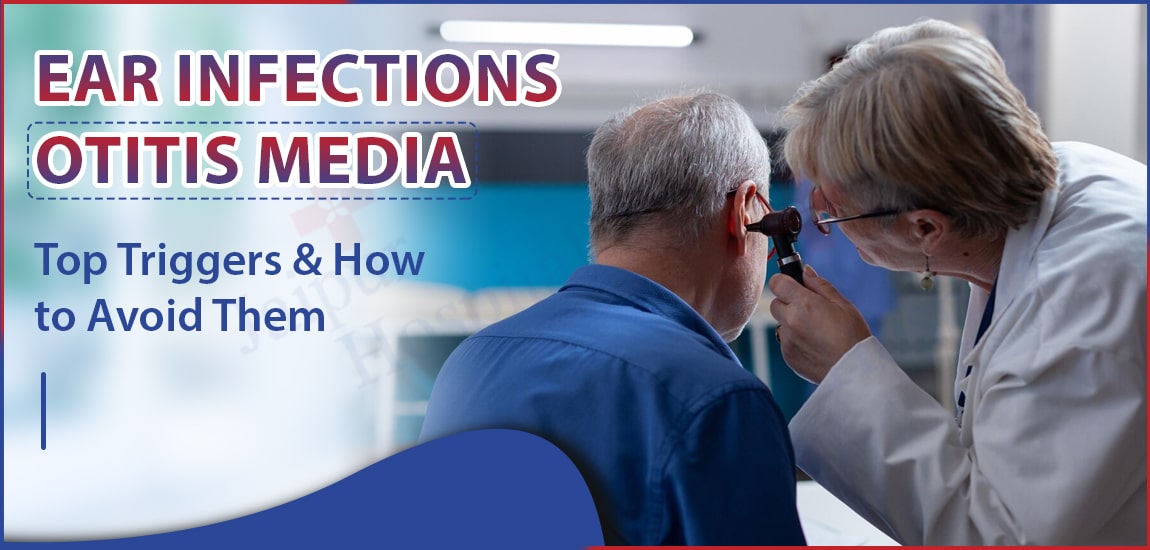
- By Admin
- In Health and Tips,
- Posted January 05, 2024
Mania vs Hypomania: What It is, Differences, similarities, and Treatment
Mania and hypomania are two distinct phases of mood disorders, such as bipolar disorder. Mania is a more severe and intense state characterized by elevated mood, increased energy, impulsivity, racing thoughts, and a decreased need for sleep.
Individuals experiencing mania may engage in risky behaviors and may have difficulty maintaining relationships or responsibilities. On the other hand, hypomania is a milder form of mania, where the symptoms are less severe and do not significantly impair daily functioning.
People in a hypomanic state may feel more energetic, creative, and outgoing, but their behavior is not as extreme as in full-blown mania. Both mania and hypomania are key components of bipolar disorder, and their duration, intensity, and impact on daily life can vary among individuals.
It's crucial for individuals experiencing these symptoms to seek professional help for accurate diagnosis and appropriate management.
Difference Between Mania vs Hypomania:
Mania and hypomania are distinct phases of mood disorders, particularly bipolar disorder. Mania is a more severe and intense state characterized by an elevated, expansive, or irritable mood.
It often includes symptoms such as increased energy, racing thoughts, decreased need for sleep, heightened self-esteem, impulsivity, and engagement in risky behaviors. Manic episodes are typically more severe, lasting at least one week, and may require hospitalization.
Hypomania, on the other hand, is a milder form of mania. The symptoms are similar but less intense and do not cause significant impairment in social or occupational functioning. Hypomanic episodes last at least four consecutive days and are often associated with increased creativity, productivity, and a generally positive mood.
Unlike full-blown mania, hypomania doesn't typically lead to severe disruptions in relationships or daily responsibilities. However, both mania and hypomania are critical features in bipolar disorder, and understanding the differences is crucial for accurate diagnosis and effective management.
Similarities between Mania vs Hypomania:
Mania and hypomania share several similarities as they are both phases associated with bipolar disorder:
- Elevated Mood: Both mania and hypomania involve an elevated mood. This can manifest as an intense feeling of happiness, euphoria, or irritability.
- Increased Energy: Individuals experiencing both mania and hypomania often have a notable increase in energy levels. This can lead to heightened activity, restlessness, and a decreased need for sleep.
- Racing Thoughts: Both states are characterized by racing thoughts or a rapid flow of ideas. This thought pattern can contribute to impulsivity and difficulty concentrating.
- Impulsivity: Individuals in both manic and hypomanic states may engage in impulsive behaviors, such as excessive spending, risky sexual behavior, or substance abuse.
- Psychomotor Agitation: Both mania and hypomania can involve psychomotor agitation, where individuals may be unable to sit still and may engage in purposeless movements.
- Increased Sociability: People experiencing mania or hypomania may become more talkative, social, and outgoing than usual.
Symptoms of hypomania and mania:
Hypomania and mania are characterized by a range of symptoms, and individuals experiencing these episodes may exhibit a combination of the following:
Hypomania:
- Elevated Mood: A distinct period of abnormally and persistently elevated, expansive, or irritable mood.
- Increased Energy: A noticeable energy level increase leads to heightened activity and restlessness.
- Decreased Need for Sleep: Individuals may experience a reduced need for sleep without feeling fatigued.
- Increased Self-Esteem: Elevated self-esteem or grandiosity, feeling unusually confident or self-assured.
- Racing Thoughts: Rapid thoughts, a flood of ideas, and increased mental activity.
- Increased Talkativeness: Being more talkative than usual, with rapid and pressured speech.
Mania:
In addition to the symptoms of hypomania, mania includes:
- Severe Impairment: Manic episodes are more severe and can cause significant impairment in social, occupational, or other important areas of functioning.
- Duration: Manic episodes last for at least one week or require hospitalization due to the severity of symptoms.
- Psychosis: In some cases, individuals may experience psychotic symptoms such as hallucinations or delusions.
What are the causes and risk factors?
The causes and risk factors of hypomania and mania are complex and often interplay with genetic, biological, and environmental factors.
Causes:
- Genetics: There is a strong genetic component to bipolar disorders, suggesting a hereditary predisposition. Individuals with a family history of bipolar disorder may be at a higher risk.
- Neurochemical Imbalances: Imbalances in neurotransmitters, particularly serotonin, dopamine, and norepinephrine, play a role in the development of manic and hypomanic episodes.
- Brain Structure and Function: Structural and functional abnormalities in certain brain regions, including the prefrontal cortex and amygdala, have been associated with bipolar disorder.
- Hormonal Factors: Hormonal fluctuations, such as those during periods of stress or changes in reproductive hormones, may contribute to the onset of manic or hypomanic episodes.
Risk Factors:
- Family History: Having a first-degree relative with bipolar disorder increases the risk of developing the condition.
- Stressful Life Events: Significant life stressors, such as trauma, loss, or major life changes, can trigger episodes of mania or hypomania.
- Substance Abuse: Drug or alcohol abuse can exacerbate or trigger manic or hypomanic episodes.
- Sleep Disruptions: Irregular sleep patterns, whether due to insomnia or oversleeping, are associated with an increased risk of mood episodes.
- Medical Conditions: Certain medical conditions, such as thyroid disorders or neurological conditions, may contribute to the development of bipolar disorder.
- Neurodevelopmental Factors: Adverse events during early brain development or childhood may increase susceptibility to bipolar disorder later in life.
Also read: Stress: Signs, Symptoms, Management & Prevention
How do you diagnose hypomania and mania?
Diagnosing hypomania and mania involves a thorough assessment by a mental health professional. The diagnostic process includes:
- Clinical Evaluation: A detailed clinical interview is conducted to gather information about the individual's mood, behavior, thoughts, and daily functioning.
- Diagnostic Criteria: The diagnostic criteria outlined in the Diagnostic and Statistical Manual of Mental Disorders (DSM-5) are used to determine if the symptoms meet the criteria for a hypomanic or manic episode.
- Duration and Severity: The duration and severity of symptoms are assessed. Manic episodes typically last at least one week, while hypomanic episodes last for at least four consecutive days. Severity is considered in terms of impairment in social, occupational, or other important areas of functioning.
- Medical and Psychiatric History: A thorough examination of the individual's medical and psychiatric history is conducted to rule out other potential causes of symptoms and to identify any co-occurring conditions.
- Family History: Information about the family history of mood disorders, especially bipolar disorder, is often considered, as there is a genetic component.
- Observations and Reports: Observations from family members, friends, or other caregivers may provide valuable insights into the individual's behavior and mood changes.
- Mood Charting: Keeping a mood diary or chart can be helpful in tracking mood fluctuations over time, aiding in the diagnostic process.
- Laboratory Tests: While there are no specific laboratory tests for diagnosing hypomania or mania, certain medical tests may be conducted to rule out other medical conditions that could mimic mood disorder symptoms.
Also read: Body Dysmorphic Disorder: Types, Symptoms, Causes and Treatment
When to see a doctor?
It is crucial to seek medical attention promptly if you suspect you or someone else is experiencing hypomania or mania. The following are some indicators that you might need to visit a doctor:
- Sudden Mood Changes: If you experience abrupt and extreme shifts in mood, energy, or behavior.
- Decreased Need for Sleep: If you need significantly less sleep without feeling tired.
- Impulsivity: Engaging in impulsive or risky behaviors that are out of character.
- Increased Energy: Unexplained bursts of energy and heightened activity levels.
- Difficulty Concentrating: Racing thoughts, rapid speech, and difficulty focusing on tasks.
- Relationship Strain: If your relationships are being strained due to irritability, impulsivity, or erratic behavior.
- Functional Impairment: If these symptoms interfere with your daily life, work, or relationships.
How are hypomania and mania treated?
- Medication: Mood stabilizers, antipsychotics, and sometimes antidepressants may be prescribed to manage symptoms and stabilize mood.
- Psychotherapy: Cognitive-behavioral therapy (CBT) and psychoeducation can help individuals understand and cope with their symptoms, identify triggers, and develop effective strategies.
- Hospitalization: In severe cases, hospitalization may be necessary to ensure safety and provide intensive treatment.
- Lifestyle Management: Maintaining a regular sleep schedule, managing stress, and avoiding substances like alcohol and drugs are essential for symptom control.
- Supportive Interventions: Support from family, friends, and support groups can play a crucial role in the overall management of hypomania and mania.
- Regular Monitoring: Regular check-ups with healthcare providers are important to monitor medication effectiveness, adjust dosages, and address any emerging concerns.
- Safety Planning: Developing a safety plan, especially if there is a risk of impulsive behavior, can be a critical component of treatment.
Tags
Blog Search
Latest Posts
-
Dark Circles Under The Eyes: Causes, Home Remedies and Treatments
December 21, 2025 -
बर्ड फ्लू के लक्षण, कारण, उपचार और बचाव के उपाय जानें
December 04, 2025 -
Best Diet Plan for Menopause Weight Management
November 25, 2025 -
Pulmonary Fibrosis Treatment: Understanding Lung Scarring and Breathing Problems
November 21, 2025 -
Arrhythmia: Types, Causes, Symptoms, and Treatment
November 07, 2025




